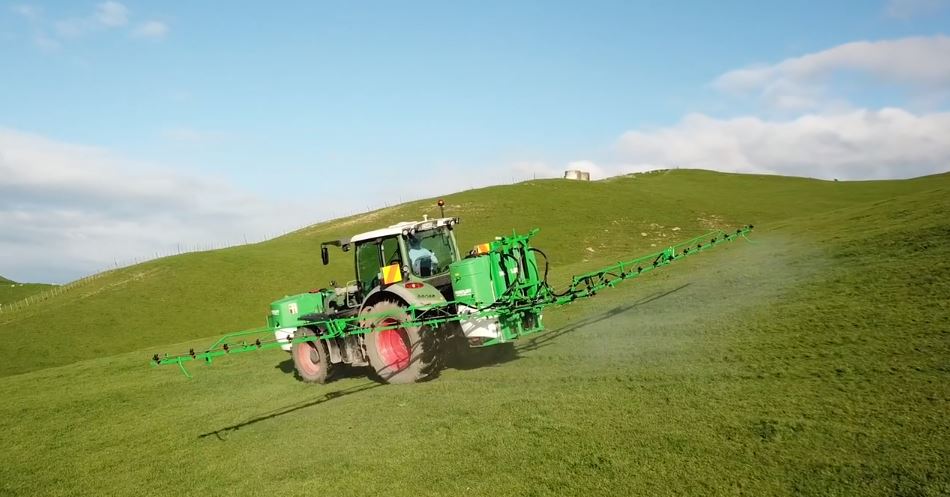Why is the farming industry facing soaring fertiliser prices?
The price of nitrogen fertiliser is soaring, causing concern among farmers who wonder if they will be able to afford to fertilise their fields and or pastures in a few months’/weeks’ time. Here are some explanations to understand the situation on a global level.

Why are prices soaring?
It may not be obvious to the uninitiated, but fertiliser is partly made from… gas, the price of which has risen sharply in recent weeks around the world – no country has been spared, from the United States to Australia and Europe. Nitrogen fertilisers are made from ammonia, which is obtained by combining nitrogen from the air with hydrogen from natural gas. About 80% of the cost of producing ammonia is related to the use of gas. There are three types of these fertilizers: nitrogen solution, in liquid form, ammonitrate and urea, in granular form.
This trend is also fuelled by the fact that China, which manufactures coal-based urea, is trying to produce more green, by switching to natural gas, a dynamic itself encouraged by the rise in the price of coal. The rise in natural gas and coal prices has indeed reduced the production of fertilisers, whose higher prices have in turn increased the cost of inputs for the main food crops.
The war in Ukraine has further clouded the picture because of agriculture’s dependence on Russian gas, the main ingredient in synthetic fertilisers in Europe. The Russian government has already recommended that its domestic fertiliser producers suspend exports.
The players in the sector are worried: if orders are bottled up, there is a risk of a shortage and this could have repercussions for several years.
What impact on the market?
In an effort to reduce production costs, several European fertiliser manufacturers are slowing down: the Norwegian group Yara has reduced its ammonia production by 40% and the German chemical company BASF has announced a reduction in production at its Antwerp plant in Belgium.
This reduced availability of fertilisers is compounded by the increase in freight prices, which have tripled since the beginning of 2021.
In France (the European Union’s largest cereal producer), experts estimate that the additional cost to the country’s agriculture could reach 4 billion euros, without taking into account the increase in other costs, notably the cost of gas needed to dry maize.
In the US, many farmers are postponing the purchase of fertiliser in the hope that prices will fall. But with spring now upon us, many farmers who have not secured their purchase simply cannot get fertiliser.
Market analysts are still advising farmers to buy, even at high prices, and believe that the crisis may have an impact on crops for the next season, with more sunflowers and barley, which require less nitrogen than wheat and maize.
What are the alternatives?
This crisis is shedding a harsh light on agriculture’s dependence on mineral fertilisers.
Alternatives exist, particularly in organic farming, with the spreading of organic nitrogen in the form of chicken droppings, or the cultivation of alfalfa, which fixes nitrogen in the soil.
For pastures that receive large amounts of fertiliser in some countries of the world, notably in New Zealand, some farmers choose to distribute the feed to the animals in rotation on different paddocks to spread the manure and create a plant cover with the hay not consumed in order to feed the soil.
But in the short term, it is difficult to replace chemical solutions with organic fertilisers quickly because the nitrogen level is generally lower in organic.


























